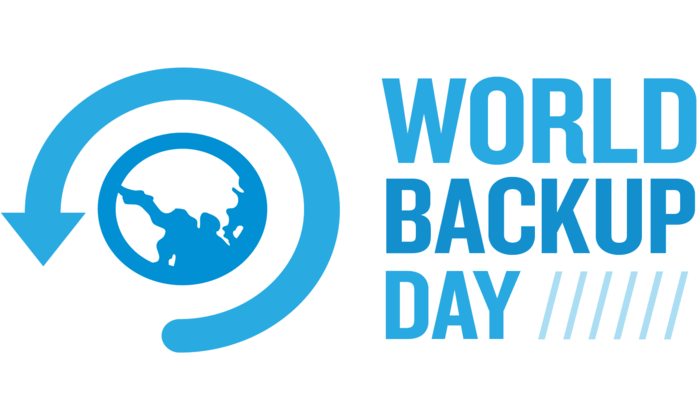World Backup Day A Reminder For Businesses

Businesses Must Update Data Protocols
Kristina: What are the seemingly daunting technical details that SMB owners need to know, such as RAID and what different levels mean?
Brian Mallari, Director – Segment Marketing at Western Digital: For many SMB owners, data is the lifeblood of the business. Storing, protecting and serving this data is paramount to the success of any business. For most SMBs, a cost effective NAS system can provide a trusty reliable data storage solution, especially if the system employs RAID (Redundant Array of Independent Disks). RAID uses multiple storage devices such as HDDs to provide storage redundancy and protect data from single points of failure. For example, RAID 1 is also called mirroring, where identical data is stored on two separate HDDs. RAID 5 uses at least 3 disks, and spreads data and parity information across all disks. RAID 6 goes further by employing at least 4 disks. RAID 1 and RAID 5 can recover from a single disk failure. RAID 6 can recover from two disk failures, but requires at least 1 more HDD to implement than RAID 5.
How To Determine Which Data Storage Feature Is Right
Kristina: When is it important to be selective about storage features?
Brian: The main storage features to consider are (1) designed for NAS, (2) capacity, and (3) scale. First and foremost, it’s best to choose a drive for your NAS system that is designed for NAS, such as any in the WD Red family. Such drives have higher workload capability, are designed for 24/7 operation, and have been validated for use in various RAID configurations. Next, the nature of the data dictates the total capacity you’ll need. If the files to be stored are rich in nature (e.g. video, 3D renderings/models, etc.), then more storage will be needed. The choice of how much HDD capacity you need must align with how much storage space you expect your files to take up. Third, the scale of your NAS solution (e.g. the number of HDD bays and your choice of RAID level) will likely scale with the number of users, the size of files, and with the need for data security and preservation.
How Businesses Can Better Protect Data
Kristina: What advice do you have for safeguarding files with the right storage strategies? What are the benefits?
Brian: For any size organization, data preservation and protection require multiple storage strategies. Maintaining multiple copies of your data is critical to ensuring business continuity. Use of cloud backup in addition to NAS on-premises storage will mitigate any single points of storage failure. In addition, with the NAS solution, the aforementioned RAID implementations will protect data further and allow for continued access even with a single HDD failure. Choose the right size of NAS system and HDD capacities to provide high-performance, high-capacity storage for all your complex data and to service the right number of users. Doing all of these things will ensure your data is safe and secure and that all of your users can continue to be productive with easy access to their data and files.
ABOUT THE AUTHOR

